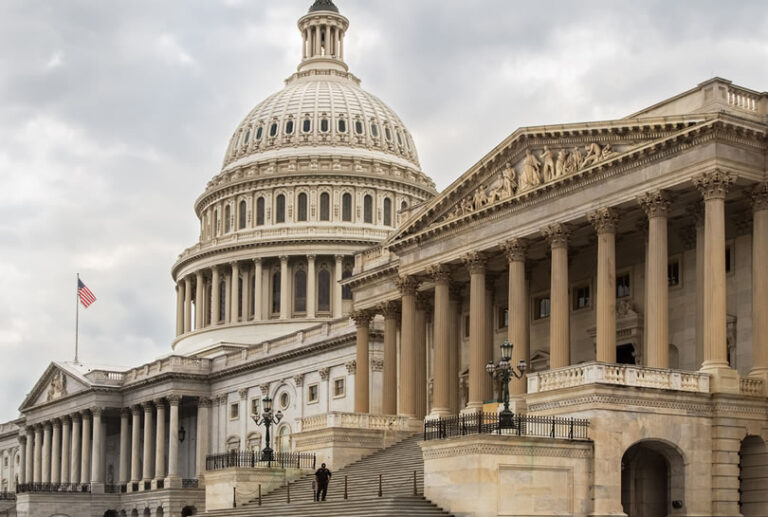Dec. 10, 2018 – The Health and Human Services (HHS) proposal to require that drug companies include drug list prices in direct-to-consumer (DTC) ads could potentially confuse patients, and it also could cause patients to defer treatment because of the misleading price tag, according to Robert Zirkelbach, EVP of public affairs, Pharmaceutical Research and Manufacturers of America (PhRMA), who spoke at the Coalition for Healthcare Communication’s 2018 Post-election Conference, held Nov. 26-27 in Washington, D.C.
PhRMA recognizes that “there is a desire among consumers to learn more about how medicines are priced, what their costs are going to be, and there is more that we can do to provide information to consumers to make this set of information available,” Zirkelbach said. Accordingly, the group unveiled its own plan the same day as the HHS proposal calling for drug companies to provide links to pricing information in DTC television ads.
PhRMA’s updated DTC principles – which take effect April 15 – will call not only for the links to direct consumers to information about the list price, but also will include “an estimate or range of out-of-pocket costs, the types of patient assistance or co-pay assistance that companies might offer, or other context around the cost of that medicine,” he explained, adding that PhRMA member companies “want to be more transparent and want to provide more information.”
To help consumers, PhRMA also decided to build off of the platform they already had – the Partnership for Prescription Drug Assistance (PPA) program, which enables consumers to search for a medicine to learn more about the availability of patient assistance programs – to relaunch as a new patient affordability platform. This tool will include:
- An enhanced search tool that will include public cost and affordability information, including the information companies will direct patients to via their DTC TV ads.
- Information on how to access company-specific patient assistance and other forms of cost-sharing support.
- Resources to help patients navigate their insurance coverage.
However, HHS Secretary Alex Azar made clear that PhRMA’s effort would not be enough, in his view, to stave off the HHS approach: “It is no coincidence that the industry announced a new initiative today that will help make price and cost information more accessible,” Azar said when announcing the HHS proposal. “We appreciate their effort, but placing information on a website is not the same as putting it right in an ad.”
Zirkelbach argued that a poll of voters in the recent election shows that they prefer the PhRMA approach by a 3:1 margin to the HHS approach of including only list prices in ads. He stated that the top patient concerns about putting list process in DTC ads include:
- Worry about affording prescription (68 percent)
- Confusion about actual costs (65 percent)
- Concerns that prices are inaccurate and misleading (62 percent)
- Some may avoid treatment (58 percent)
- Some may stop taking prescription (51 percent)
Further, more consumers want information about out of pocket costs at the hospital (37 percent) or at the pharmacy (26 percent); only 4 percent are interested in the list price for a drug, according to the poll results.
In addition to the DTC ad price issue, Zirkelbach discussed the Trump administration’s broader drug pricing blueprint, calling out as such measures as imposing foreign government price setting policies on Medicare Part B, what he considers harmful changes to Medicare Part D coverage and repealing the 100-percent cap in Medicaid, as the “wrong way” to solve drug pricing problems.
“We are truly living in one of the most exciting times in biopharmaceutical innovation,” he said, noting that these proposed moves would take “developmental dollars out of industry at a time when we have the most potential to be able to take on some critical public health challenges.”
Instead, Zirkelbach recommended that the administration focus on:
- Reforming 340B
- Removing barriers to value-based contracts
- Advancing pro-innovation trade agreements
- Addressing misaligned incentives in the supply chain.
Bottom line, he noted, “we need new and different ways to pay for medicines.”




